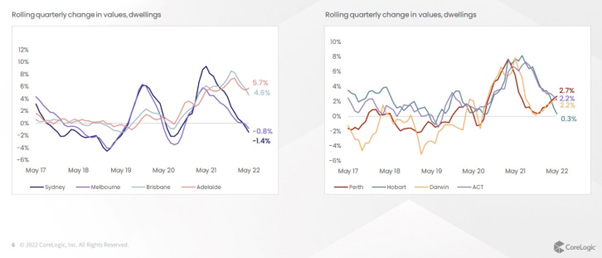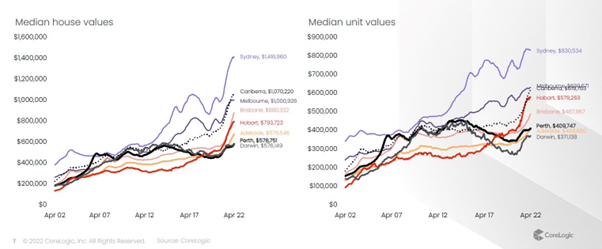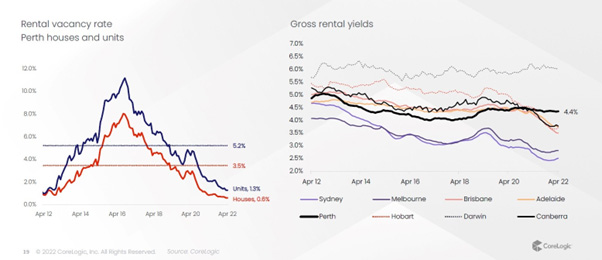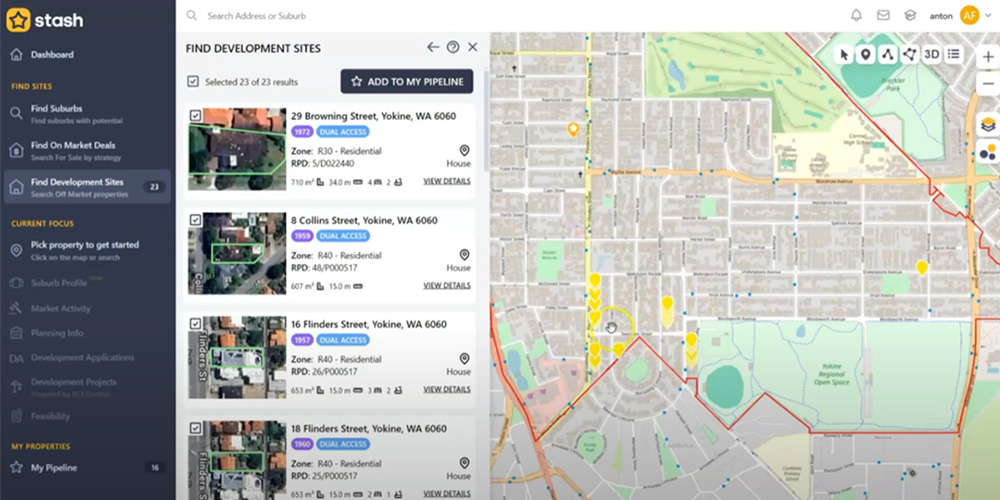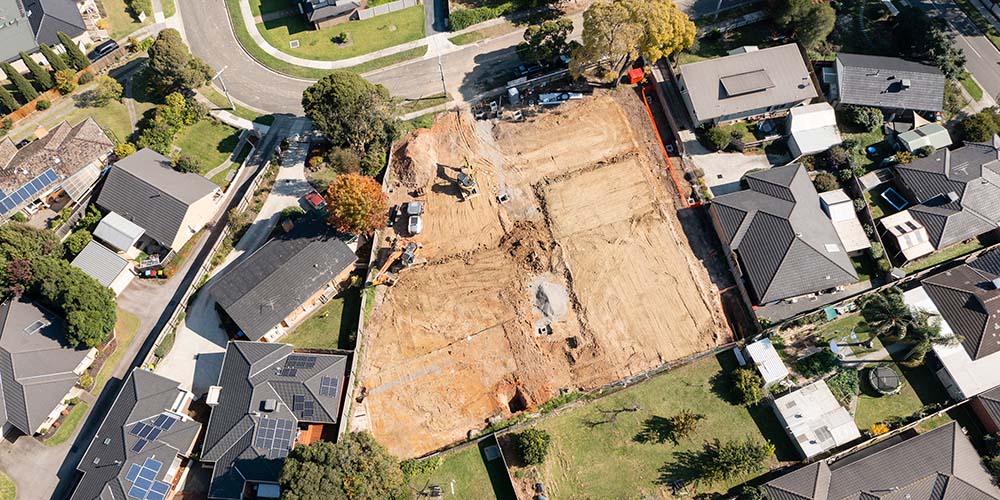
General consumer confidence has really gotten a rattle at the moment, and its creeping into the property market all over Australia. The recent Interest rate rises are front and centre of people’s minds, and the knowledge that there is more to come. Cost of living is rising sharply, with CPI rising 3-5 times faster than wage growth. Overleveraged households are either feeling the pinch or planning on feeling the punch. There is a distinct air of fear and uncertainty.
What I would like to remind Property Developers in WA is that this is actually a time of immense opportunity for them over the next 3-6 months. What people are actually fearful of is uncertainty and change, not the interest rate or living cost rises. Humans always adapt- it’s about getting used to the new normal. I’d remind people that a fair chunk of WA’s last boom was conducted in a climate where interest rates were between 7 and 10%, so this isn’t new territory. It’s simply forgotten territory.
Cast your eye back to the panic and fear when covid started- all the experts said that the market would fall 30%. It did practically the opposite. The climate was the same – one of fear and uncertainty. It important in these moments to sit down and look at what is actually happening (or likely to happen) and trim your sails accordingly. There are opportunities in every market, and the next one is coming. For property developers, it’s about adjusting product offerings to the lifestyles that consumers will have to adjust to.
Let’s talk about what things will look like in WA in the near and long term so you can pursue the right property development opportunities.
In summary, there is no need to panic. To the contrary, it’s time to start looking at the same sites out there with different eyes. Buying a block and putting 3 townhouses on it is over. They cost too much to build, they take too long to build, and soon no one will be able to afford them, or the children that usually fill the bedrooms.
The new win for WA property development is affordable, compact inner city living that is transport, lifestyle and amenity conscious, and not apartments. People still want the semblance of ground beneath their feet and a few square meters for their designer dog to do its business that is not the carpet inside. Look to product types that are easy and fast to construct, and appeal to a larger buyer base of downsizers, young families, FIFO workers and couples. Building to rent looks great too.
Get in touch with us to learn more about how to better take advantage of the opportunities that are coming west Australia’s way, or grab a copy of our E-book to start your property development journey.
